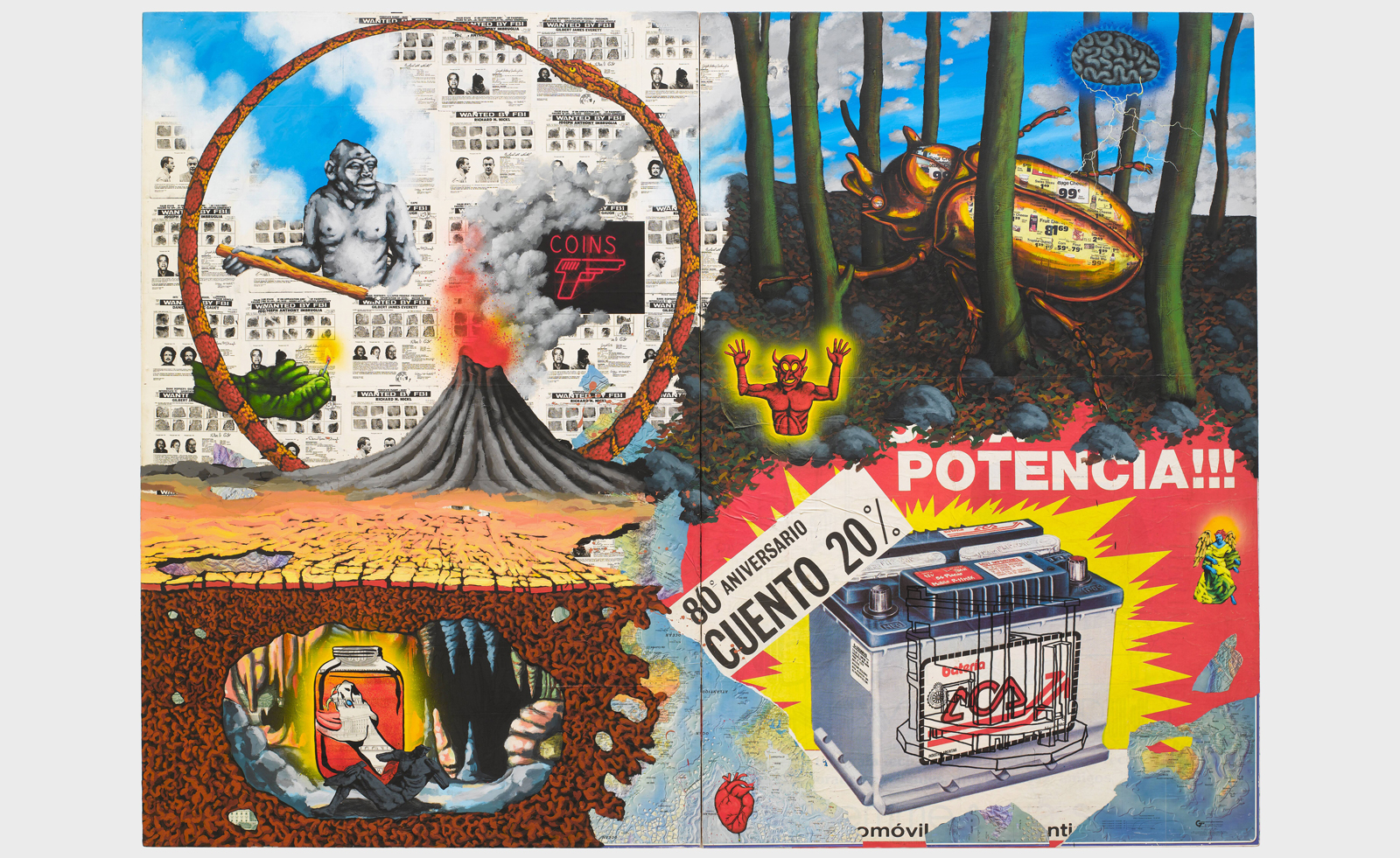
Thirty-two years after his death, the mainstream art world is increasingly paying tribute to the legacy of artist, writer, activist and photographer David Wojnarowicz. The latest example of this is a new exhibition, In the Shadow of the American Dream, at MOMA from this month. Wojnarowicz's work is featured along with his contemporaries from the eighties New York downtown scene including filmmaker Marion Scemama, Donald Moffett, Agosto Machado and painter Martin Wong.
“All of them are confronting the AIDS crisis,” says Stuart Comer, Chief Curator of Media and Performance at MoMA. “The Village was a war zone, for many reasons - for drugs, for AIDS, but also for a very severe form of gentrification where blocks worth buildings [were wiped out].” Comer has firsthand experience of Wojnarowicz's impact. “In 1989, I was at the New Museum [when] Jesse Helms censored the Robert Mapplethorpe exhibition,” he recalls. “When we protested, David gave the most passionate speech. Everyone was just enraptured, listening to him. He was a really vital figure, a lightning rod.”

Often coming from an outsider perspective and involved in marginalised queer communities, Comer says giving space to these voices is important now. "If you’re a young queer kid, you want to enjoy a direct dialogue with your ancestors,” he argues. Paintings from Wojnarowicz, like 1987’s Fire, are important, while Machado’s Shrine is a moving time capsule of ephemera. It includes a ‘Justice for Marsha’ sign, referring to questions around the suspicious death of trans activist Marsha P Johnson in 1992, as well as club flyers and memorial service cards.
Wojnarowicz is referenced by everyone from writer Olivia Laing to designer JW Anderson, who produced a collection based on Wojnarowicz's work in 2019. Sophie Cavoulacos, Comer’s co-curator of this exhibition, thinks the current surge of interest is his force-of-nature personality coming through. “Marion said to me ‘David made me realise I was an artist’,” she says. “That speaks volumes. He was an incredible artist himself, he was a connector, he was an agitator. He was all of these things.”
Wojnarowicz's sometimes brutal, always passionate writing - now collected in volumes including his memoir Close to The Knives and diaries In the Shadow of the American Dream - gave him a way to loudly bang the drum for his community. “He was able to crystallise the facts on the ground, give a real time analysis of everything…but he also was able to do that while in relaying really resonant and searing personal experience,” says Comer. In a world where the term ‘multi-hyphenate’ has been so overused as to become meaningless, Wojnarowitz’s example - and that of those sharing the walls of MOMA - may show how truly powerful it can be.
In the Shadow of the American Dream is now ongoing at MoMA







